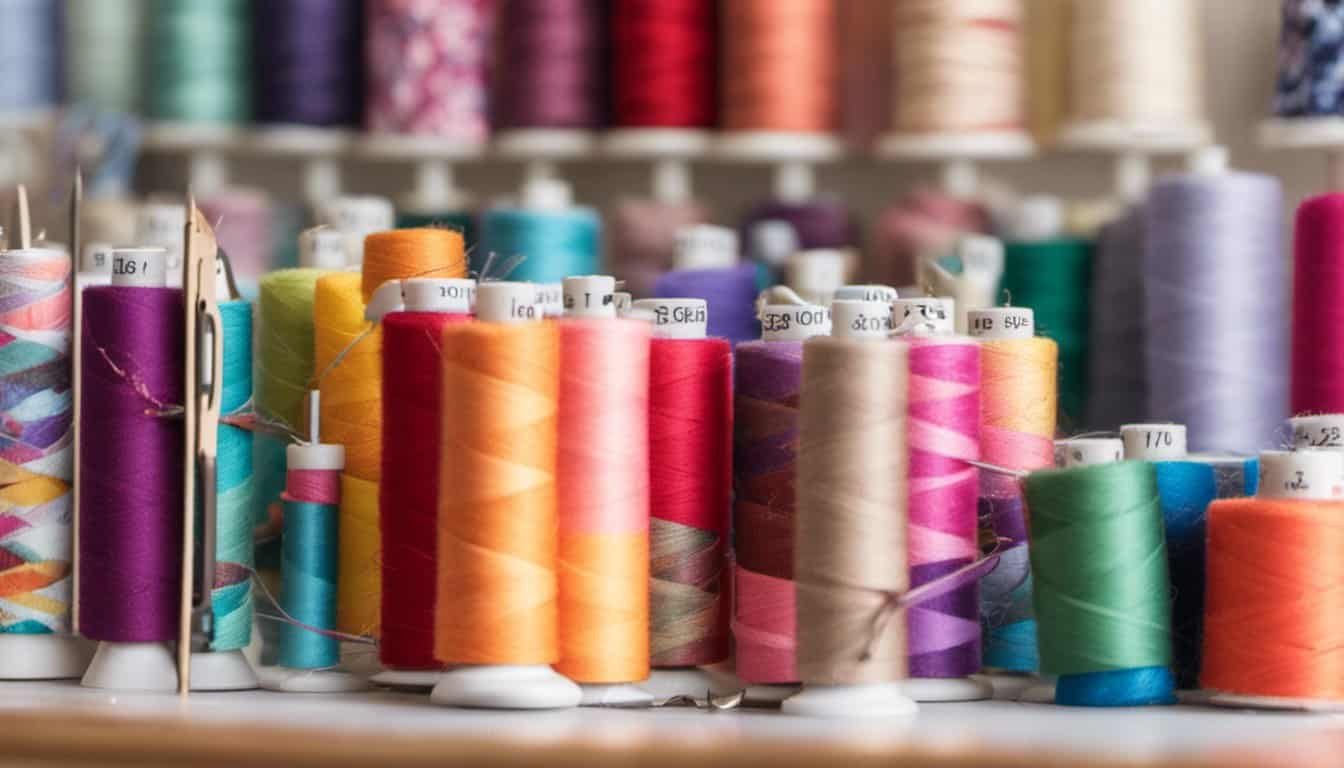We’ve all been there—you’re sewing away, and suddenly, a pin bends just when you need it most. It can be frustrating and throw off your whole project. But don’t worry; it happens to the best of us, and there are simple ways to handle it.
Understanding Pin Bending
I’m familiar with the annoyance of bent pins while sewing. Understanding why pins bend can help me prevent this issue in the future and handle it better when it occurs.
Common Causes of Pin Bending
- Excessive Force: Applying too much pressure when pushing a pin through thick fabric often leads to bending. It’s crucial to use a light hand and find the right technique for the fabric type.
- Improper Pin Type: Using pins that aren’t suited for specific fabrics, like heavy pins on lightweight materials, may cause bends. Each project requires the correct pin type.
- Curved or Incorrectly Placed Pins: Using curved pins or placing them at odd angles can result in bending. Ensuring straight placement helps keep pins intact.
- Sewing Over Pins: Sewing over pins increases the chance of bending or breaking. It’s generally best to remove pins before the needle reaches them for safety and accuracy.
- Low-Quality Pins: Cheap, low-quality pins often bend more easily compared to durable options. Investing in high-quality pins can prevent frequent issues.
Effects on Sewing Projects
- Inconsistent Seams: Bent pins may lead to misaligned fabric layers, resulting in crooked seams. Precision in the pinning process maintains seam accuracy.
- Fabric Damage: Bending can create holes or tears in delicate fabrics. Taking care to use appropriate pins prevents accidental damage during sewing.
- Compromised Safety: Broken pins pose a risk of injury. Managing bent pins carefully ensures a safer crafting environment.
- Project Delays: Frequent bending and replacing of pins slow down the sewing process. Efficient pin management increases productivity and enjoyment in projects.
Preventing Pin Bending
Taking proactive measures can significantly reduce pin bending during sewing. Choosing the right pins and using proper insertion techniques improves overall sewing experience and outcomes.
Choosing the Right Pins
Choosing appropriate pins for the fabric type and project is essential. Different materials require different pin types.
- Ballpoint Pins: Use these for knits and stretchy fabrics. Their rounded ends slide between fibers without causing damage.
- Universal Pins: Suitable for a variety of fabrics. These pins work well for woven fabrics and lightweight to medium-weight materials.
- Quilting Pins: Designed for quilters. Their thicker bodies hold multiple layers together without bending easily.
- Silk Pins: Thin and sharp, ideal for delicate fabrics. These minimize fabric distortion and bending.
Selecting the right pin ensures it holds fabric layers together without bending easily, thus enhancing sewing efficiency.
Proper Insertion Techniques
Using correct insertion techniques minimizes the risk of pin bending.
- Insert at an Angle: Push pins into fabric at a slight angle rather than straight down. This technique reduces resistance and bending.
- Avoid Twisting: Don’t twist pins during insertion. Twisting adds unnecessary stress on the pin and fabric.
- Space Pins Appropriately: Place pins with sufficient distance apart, especially on thicker layers. Crowding pins can lead to bending, particularly when sewing over them.
- Remove Before Sewing Over: Always pull out pins just before the presser foot reaches them. Sewing over pins creates a high risk for bending or breaking.
Implementing these techniques can prevent pin bending, promoting a smoother sewing process and better project outcomes.
What to Do When Pins Bend
Bending pins during sewing happens to everyone, and knowing how to handle them can streamline your projects. Here’s how to assess the damage and techniques to straighten pins effectively.
Assessing the Damage
Assessing a bent pin involves looking for signs of structural integrity. Inspect the pin for sharpness; a bent pin might have a dulled point. Evaluate the bend itself; if it’s severe, it may affect your sewing quality. Ensure the pin’s flexibility isn’t compromised; a pin losing its rigidity can cause misalignments in your fabric. If the pin’s shape remains mostly intact and the point retains its sharpness, it may still be usable.
Techniques for Straightening Pins
Straightening a bent pin can be simple with the right techniques.
- Pin Holder: Use a metal pin holder for leverage. Grip the pin at its bend with your fingers, applying gentle pressure to the opposite side to straighten it.
- Pliers: Use needle-nose pliers for assistance. Position the pin carefully between the pliers’ jaws, and gently squeeze while guiding the pin back to a straight form.
- Heat Treatment: For pins with light bends, heat them slightly over a flame or hot surface, then gently straighten them while still warm. Be cautious with this method to avoid damaging the pin.
Using these techniques effectively can restore the pin’s original shape and make it ready for use in your sewing projects.
Alternatives to Traditional Pins
When dealing with bent pins, sewers can explore various alternatives that provide effective solutions. These options cater to different sewing techniques and project needs, ensuring a smoother sewing experience.
Clip Options
Clips serve as a reliable alternative to traditional pins. They provide a firm grip on multiple layers of fabric without damaging or bending. I often use wonder clips, which excel with thicker fabrics like quilts and knits. These clips can secure seams without the worry of bending, plus they’re easy to remove while sewing. For lightweight fabrics, small fabric clips offer precision and hold, ensuring everything stays in place. Using clips can streamline the sewing process, especially when working with bulky materials.
Weighted Pin Alternatives
Weighted alternatives, such as fabric weights or pin cushions filled with small weights, help keep fabric steady during sewing. I find these incredibly useful when working with delicate materials that might shift. Fabric weights come in various shapes and sizes, allowing me to position them strategically on fabric layers. They provide consistent hold without the risk of bending, ensuring that my seams remain accurate. Additionally, using a weighted mechanism can enhance safety in the sewing area, as there’s no concern about sewing over them.

Conclusion
Dealing with bent pins can be a hassle but it doesn’t have to derail your sewing projects. By understanding the causes and knowing how to handle bent pins, I’ve found that I can keep my sewing experience enjoyable and productive.
Remember to choose the right pins for your fabric and use proper techniques to minimize bending. And if a pin does bend, don’t worry—straightening it or opting for alternatives like clips can save the day.
With these tips in mind, I feel more confident tackling my sewing projects without the fear of pin mishaps. Happy sewing!

















